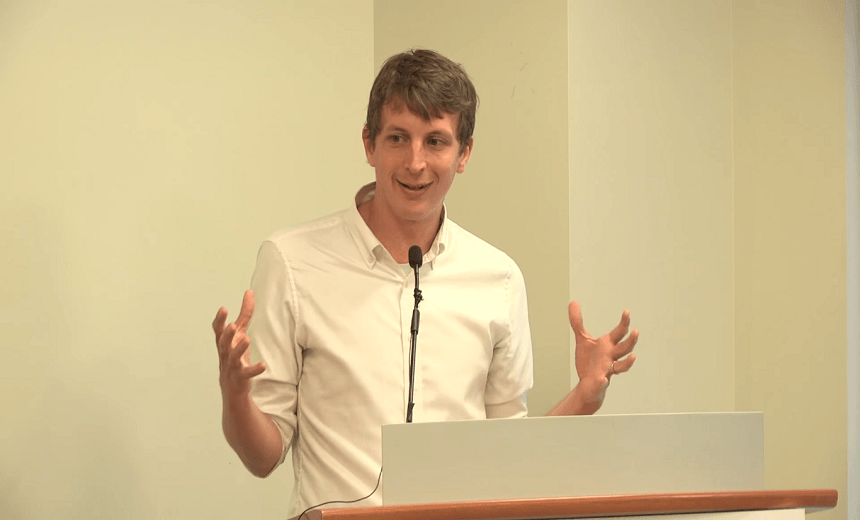A publisher paid an unknown author a US$2m advance for his first novel. How come it’s complete fucking junk?
It’s a bad sign when you sit down to write about a book and discover you’d much rather write about set theory. Especially if you know nothing about set theory. Garth Risk Hallberg’s grandly titled City On Fire belongs to the set of Very Large Books. It does not belong to the set of Wonderful Books, or the set of Overtly Terrible Books, or the set of Books I Will Be Able To Tell You Anything About In A Year’s Time. Unless you happen to believe that humdrum so-so adequacy is one of the most appalling qualities a book can possess, which in fact I do, it isn’t a book to place at either extreme of any descriptive spectrum you can think of. With the exception of length. Its jumbled landslide of viewpoint characters, events and fractured atmospheric inserts stutters to a close a little after its 900th page.
New York City. The last days of 1976. A leisurely opening shuffle through significant points of view. Meet lovers Mercer (teacher, diffident, kind) and William (painter, former band-leader, secret junkie). Well-to-do Regan (whose young daughter Mercer teaches, and who turns out to be William’s estranged sister). Wealth advisor Keith (estranged husband of Regan). Long Island teens Sam (punk, revolutionary, secret lover of Keith) and Charlie (punk, would-be revolutionary, would-be boyfriend of Sam). The principle cast will extend beyond these six, and the minor cast are legion, but already – I say “already”; actually this scene-setting introductory section is half the length of some novels – you start to see the three-degrees-of-separation principle which ties our characters, and thus the book, together.
In this chain of happenstance connection between people from many walks of life, we are to discover the complex many-faceted splendour of 70s New York. The chain doubles as the drive-chain of what turns out to be a mystery-thriller plot. One of our characters is shot in Central Park on New Year’s Eve, and winds up in a coma. A detective and a reporter make belated entries into the cast, and the story ramifies both upwards and downwards in the city’s social hierarchy: punk arsonists and high mandarins of finance become involved. End-of-section bulkheads take the form of mood-setting cultural background inserts (hand-written letters, someone’s private journal, a DIY zine excerpt). Could it be that the moods and modes of a decade and a great city are to be evoked, diagnosed and articulated through a page-turning character-driven epic? Wake me when we get there.
Hallberg’s ambitions are so big, and his world feels so small. It isn’t so much that everyone we bump into is about to bump into someone we already know. It’s that his approach to giving his characters complex subjectivity involves self-contradictory restatement, unlikely imagery, and vagueness: no matter whose eyes we’re seeing through, they will tend to make an observation to themselves and then qualify it, question themselves over the validity of it, or rephrase it. Odd, faux-literary comparisons will occur to them. Their trains of thought will peter out. The effect is highly artificial – “literary” rather than literary – and there is no specificity to it: the characters become the puppet-masks of a narrator who keeps trying to adopt new voices, and keeps on sounding like the same glum entertainer who very much wants to be taken seriously. The cumulative uniformity of it becomes curiously claustrophobic, and cancels out any sense of a panoramic view of a time and a place.
Meanwhile the story creeps forward by increments, feeling more and more like a scaffolding of excuses for the donning of new masks. New minor characters keep stepping onto the stage, and, by requiring Hallberg to introduce them and get them situated in the plot, allow him to slow down its furtherance. You can appreciate the grand design here: a steely narrative tension underlying a rich proliferation of social and psychological insight. Or, as I experienced it, a short book’s worth of story thinly dispersed over the surface of a large book full of spear carriers.
City On Fire is not straightforwardly a terrible book, in the sense of inviting incredulity that anyone could be stupid enough to publish it. The jaw-dropping detail around its publishing history is that someone decided to plonk down an advance for it approaching $2USm, reportedly the largest ever paid for a debut novel. This tells you things, though not things we didn’t already know, about the pressure to find the Next Big Book, and about people’s capacity to mistake quantity for quality.
But as to the book itself – mediocrity writ large. The most interesting things about it are the questions it prompts to do with scale and scope: what can a tome do that a smaller book can’t? Would it have been better at a third the length? Would I have enjoyed it if I were someone who can read 900 pages in a day, rather than a couple of weeks? An ultra-fast reader I know slightly told me once that she lives in fear of running out of books; would a book like this appear to her as a pleasant minor distraction from the void, rather than, as it was for me, a sand trap I had to slog through to get to the better books on the far side?
City on Fire by Garth Risk Hallberg (Jonathan Cape, $37) is available at Unity Books.

